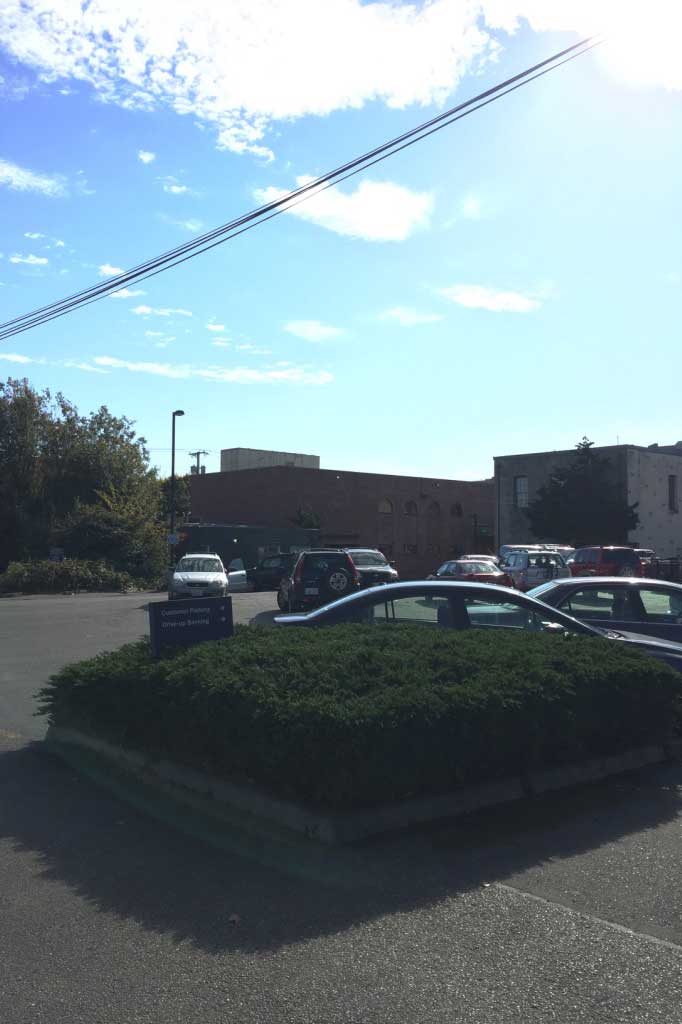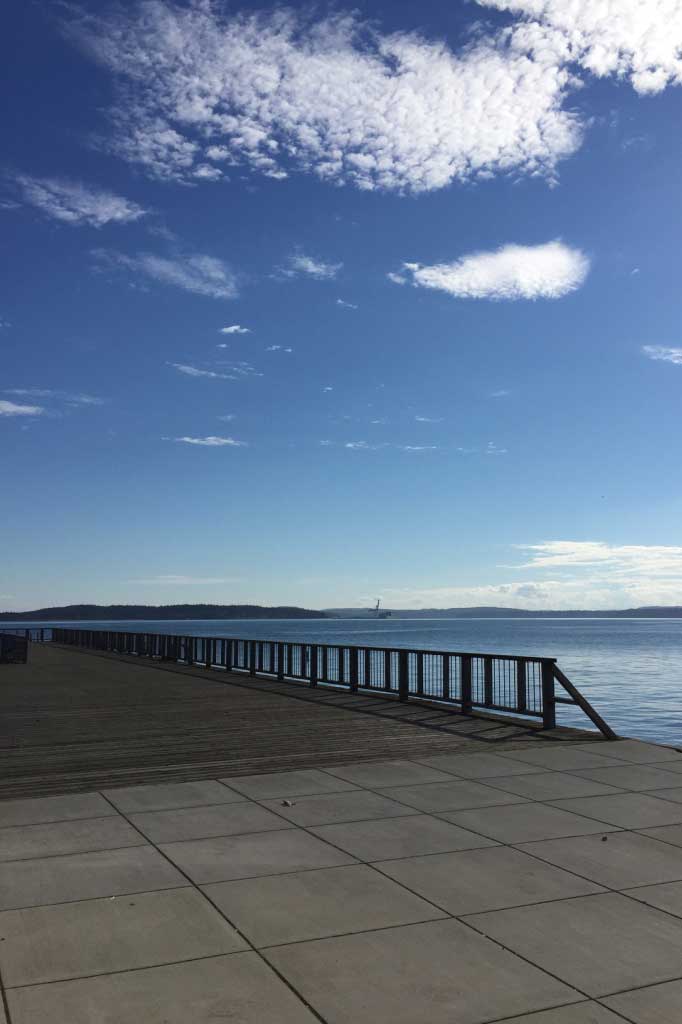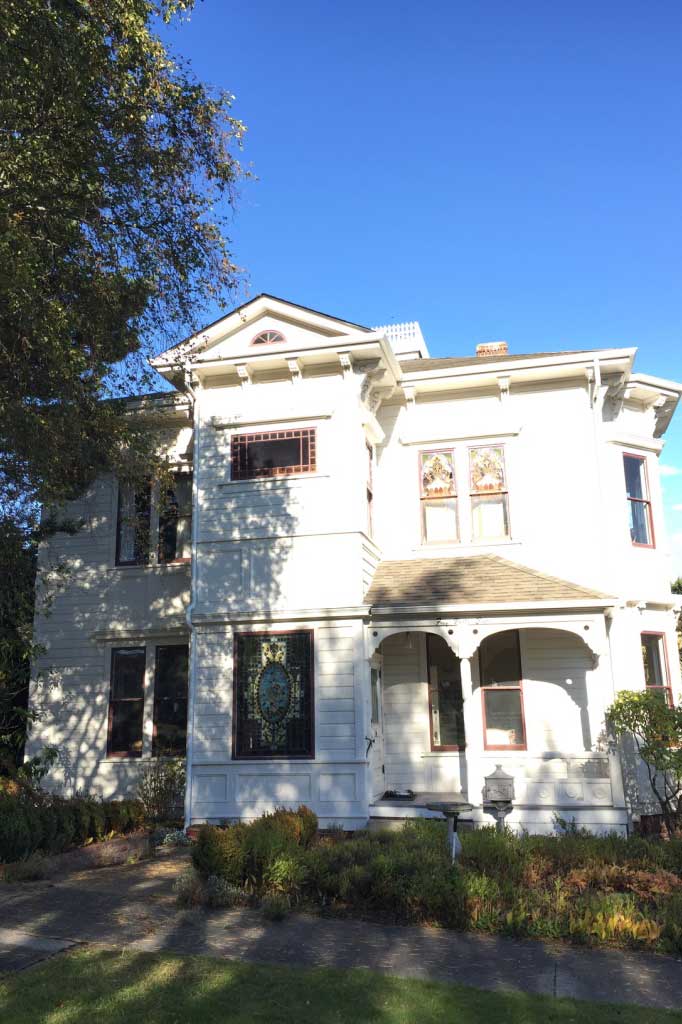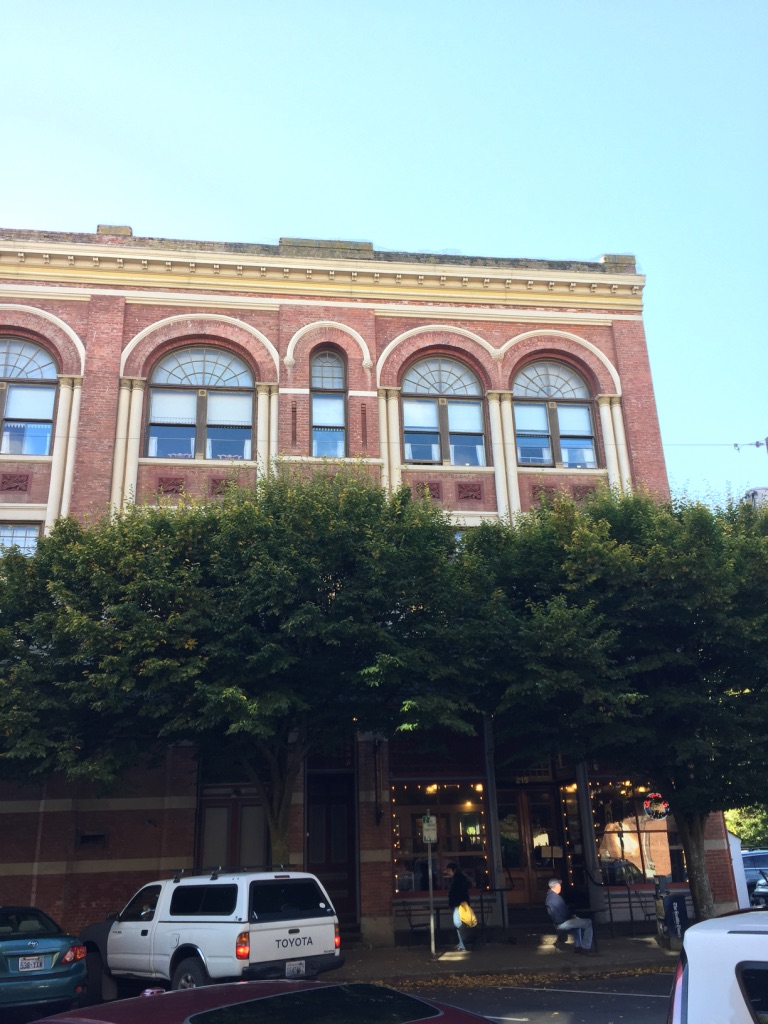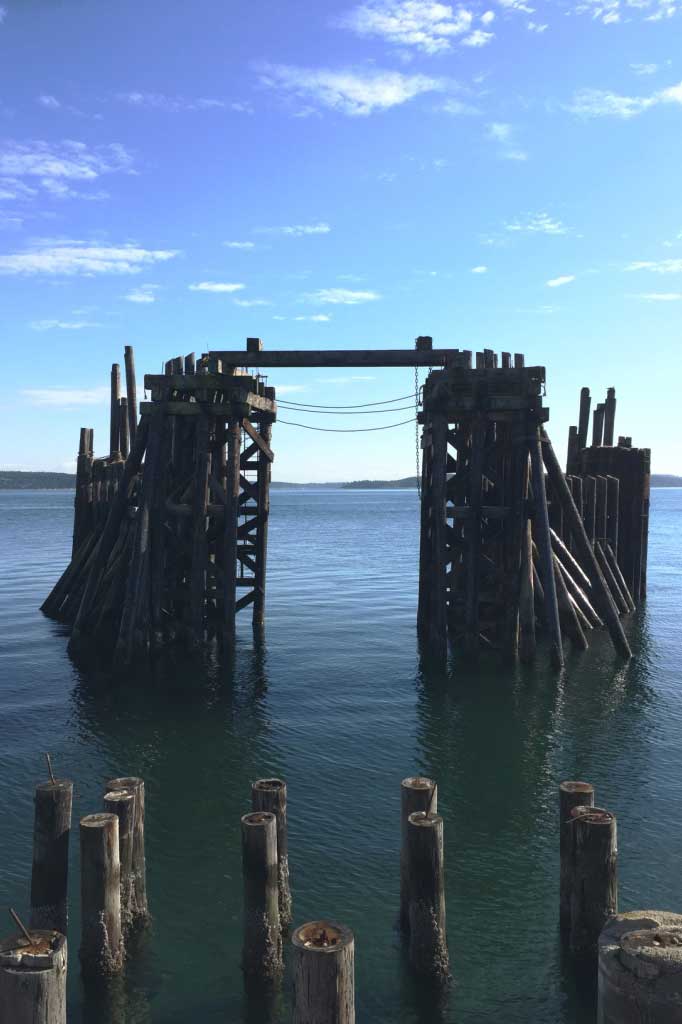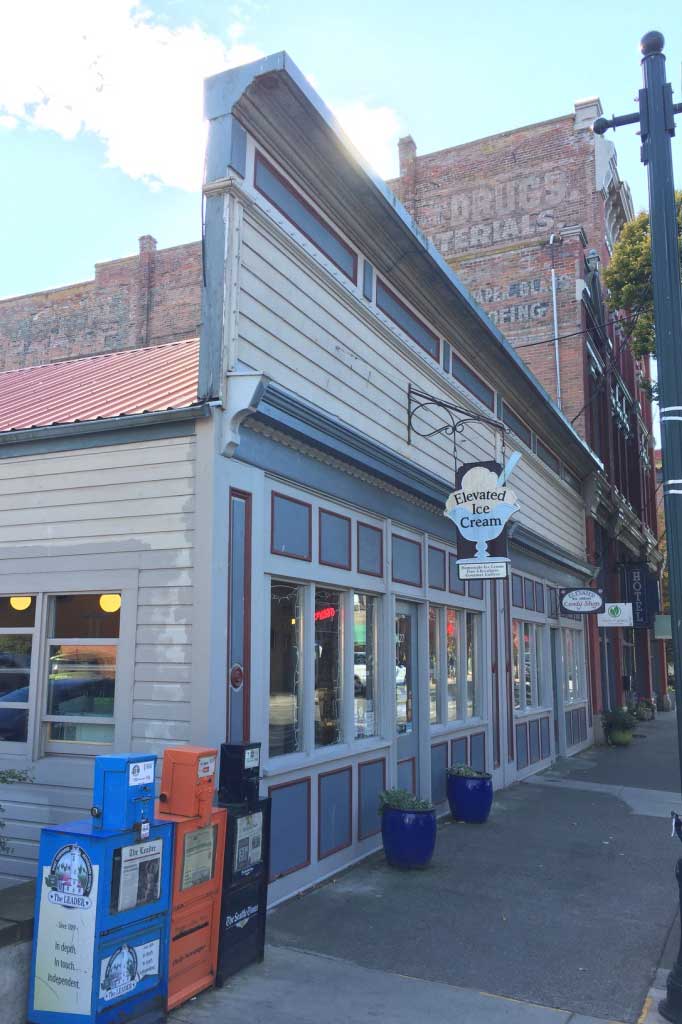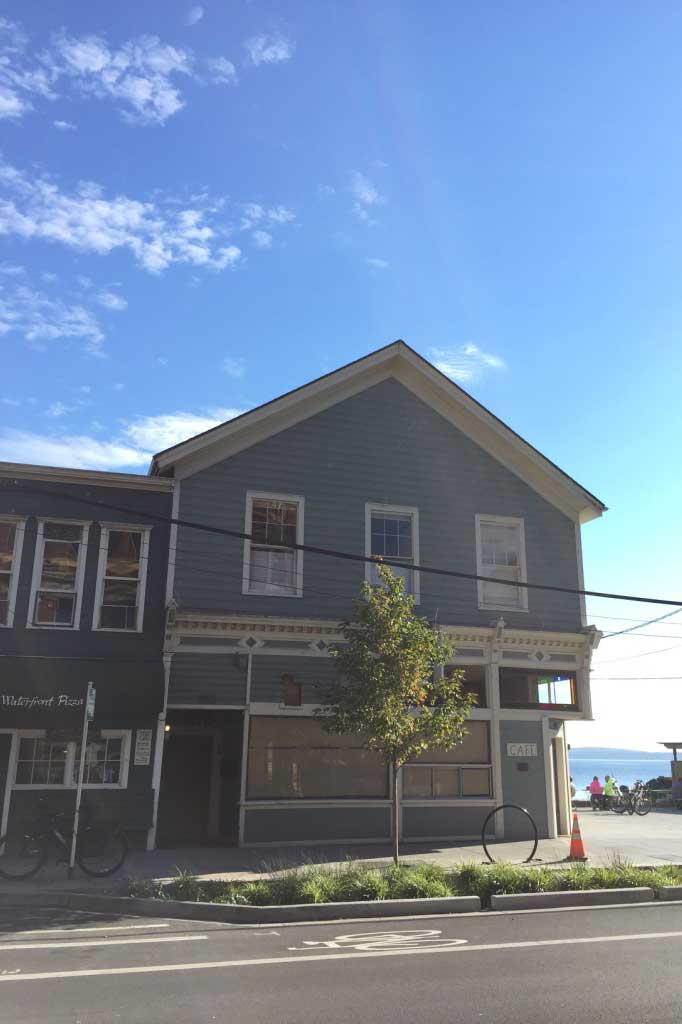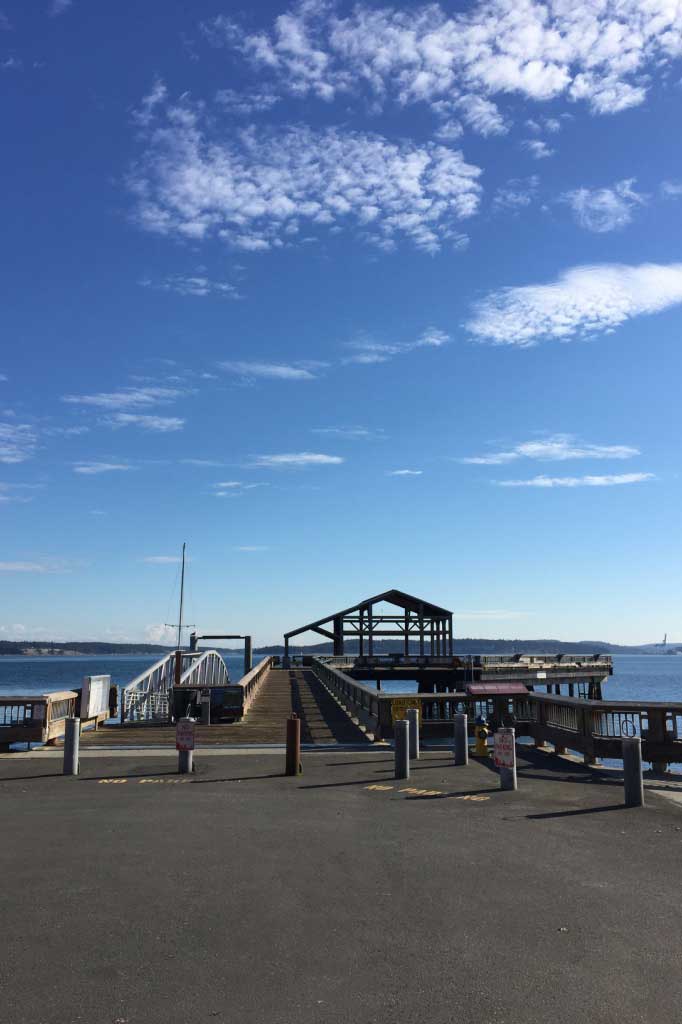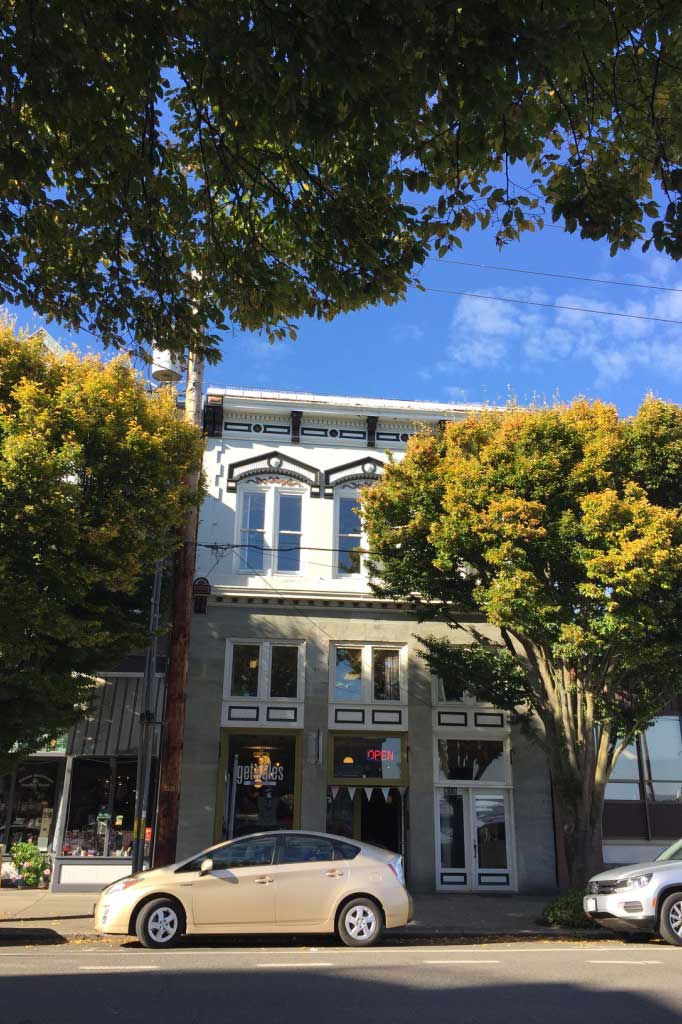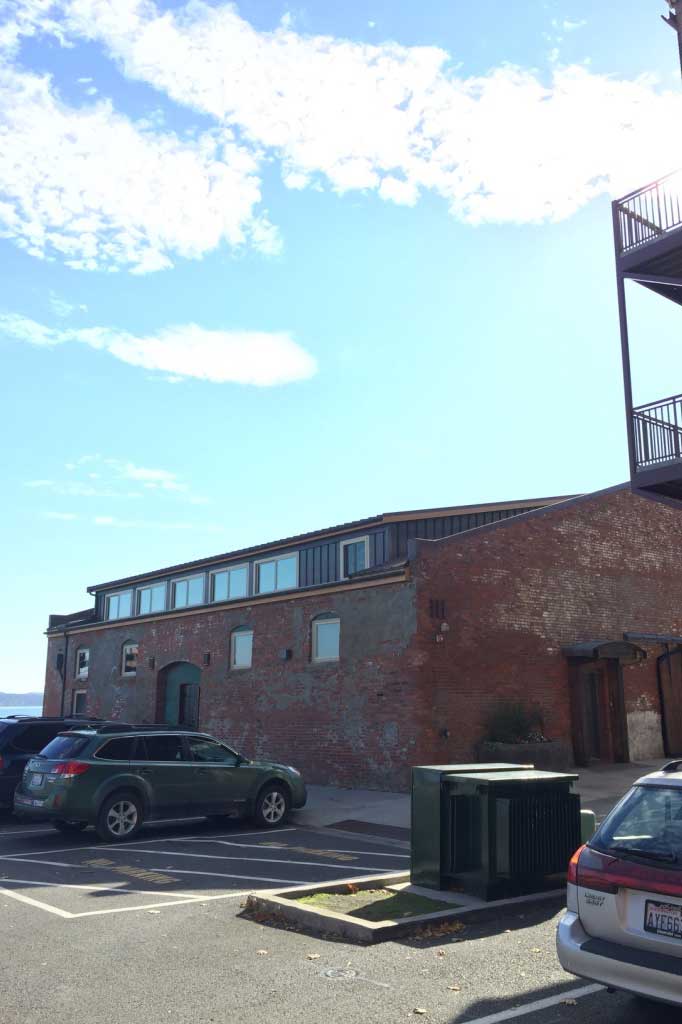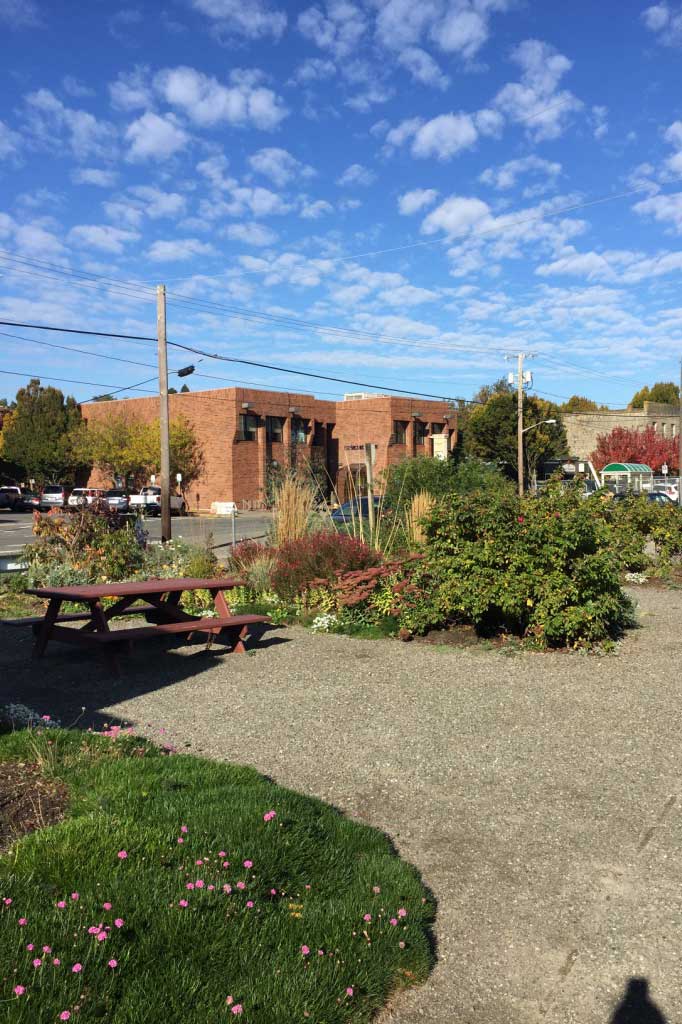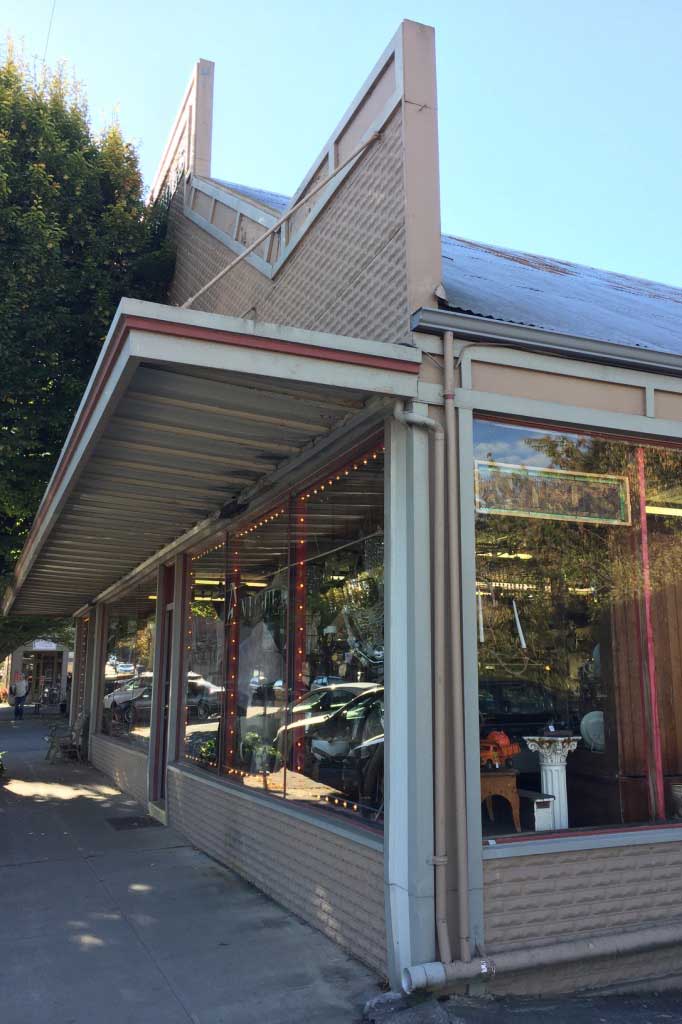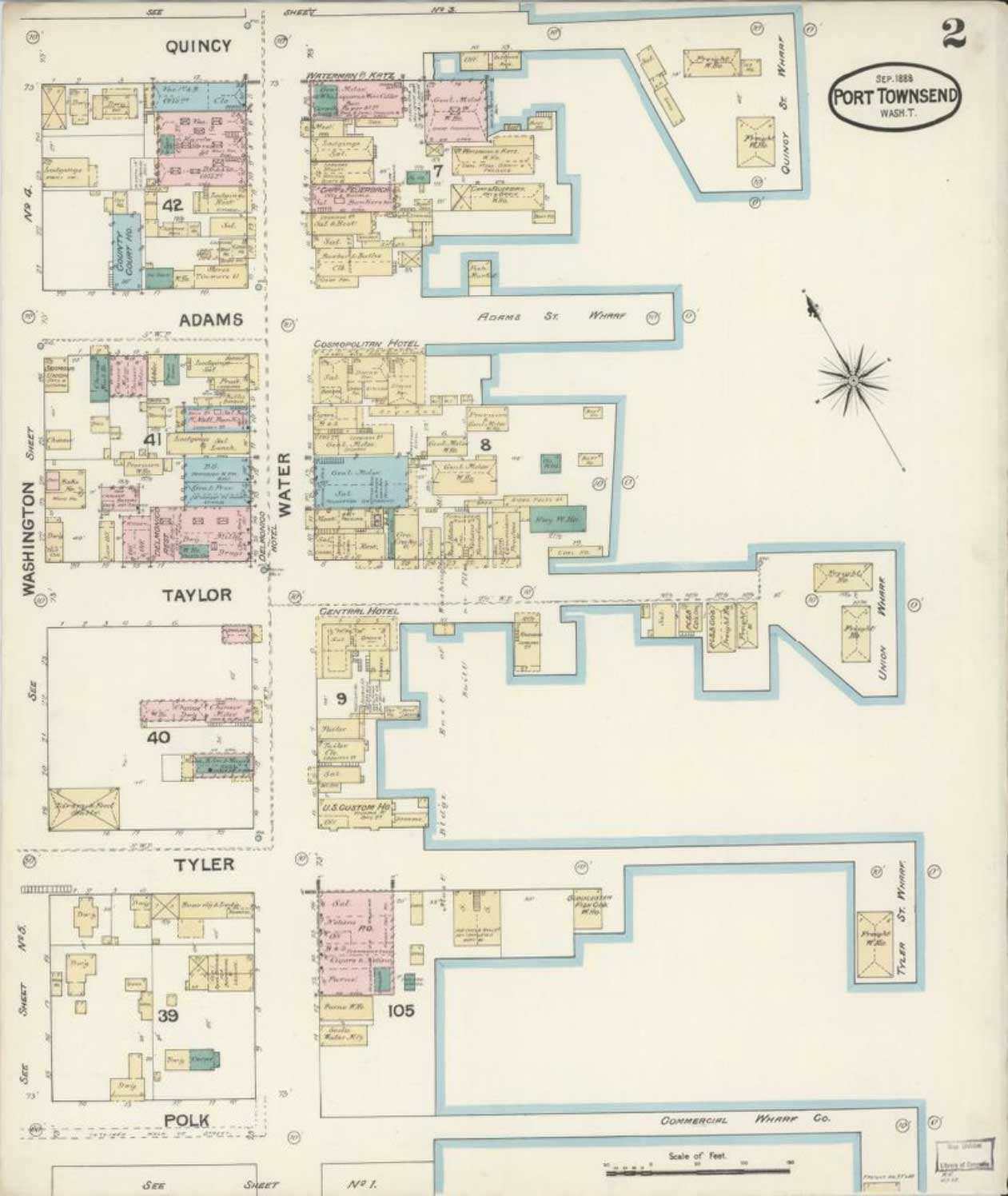“A brazen, brawny, sexy standout of a historical thrill ride, The Best Bad Things is full of unforgettable characters and insatiable appetites. I was riveted. Painstakingly researched and pulsing with adrenaline, Carrasco’s debut will leave you thirsty for more.”
—Lindsay Faye, author of The Gods of Gotham
A vivid, sexy barn burner of a historical crime novel, The Best Bad Things introduces readers to the fiery Alma Rosales—detective, smuggler, spy
It is 1887, and Alma Rosales is on the...
